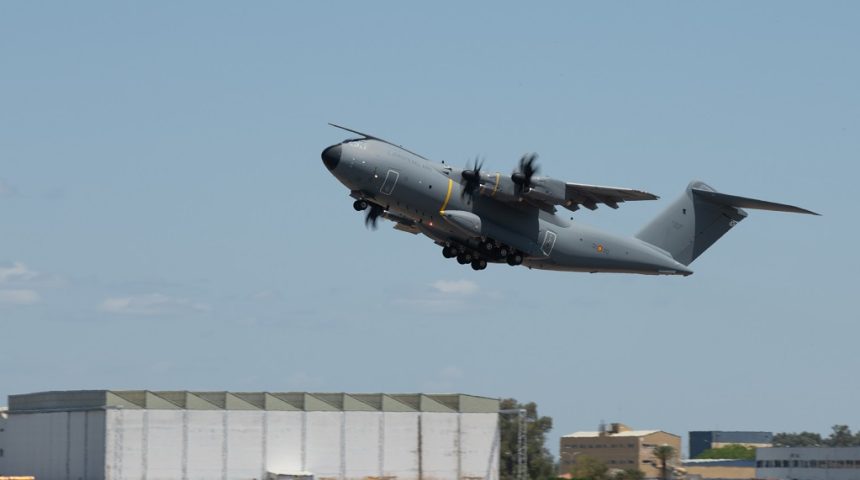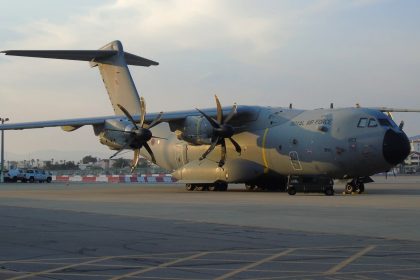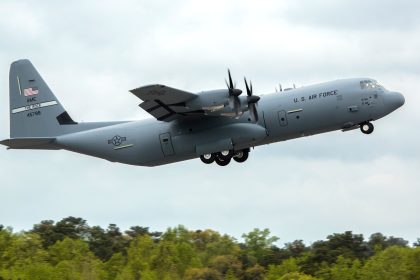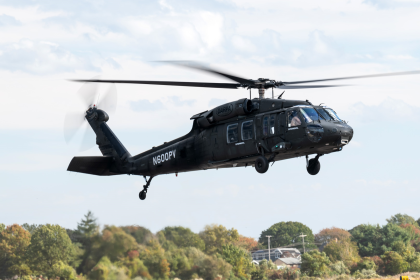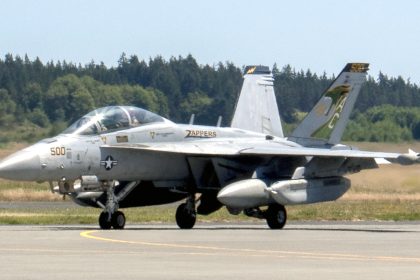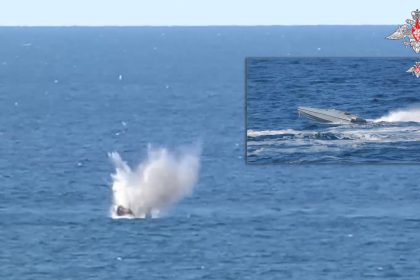The A400M global fleet also reached the 100,000 flight hours milestone during the same week
Airbus announced the delivery of the 100th operational A400M tactical airlifter on May 24, 2021. The aircraft, with airframe number MSN111, is the tenth A400M for the Spanish Air Force out of a total order of 27 aircraft and performed its ferry flight from Seville, where the final assembly line is located, to Zaragoza, where the Spanish A400M fleet is based. This milestone was also accompanied by the eight A400M users reaching 100,000 flight-hours performing missions worldwide.
✅ Airbus has reached 💯 #A400M deliveries with MSN111, the 10th A400M for the Spanish Air Force 🇪🇸.
Read more:https://t.co/T0ZgpTyzX5#DefenceMatters pic.twitter.com/Hzuz9BSeuq
— Airbus Defence (@AirbusDefence) May 25, 2021
According to Airbus, the latest milestones reached by the A400M program demonstrate the degree of maturity reached by the aircraft since its first flight in 2009. Since the first delivery to the French Air Force in 2013, the A400M proved to be a versatile aircraft, even with the high and lows associated to any new aircraft, which could be adapted to perform many roles thanks to the new capabilities being added through the years.
Important milestone achieved with the delivery of the 100th #A400M incl.all new certified capabilities.
At the same time, the global A400M fleet also achieved the 100k flight-hours landmark performing missions worldwide for all 8 customer nations.
Congrats to everyone involved!👏 pic.twitter.com/FThk8Eaz1j
— Dirk Hoke (@HokeDirk) May 25, 2021
Last month Airbus announced that the A400M successfully completed a new Helicopter Air-to-Air Refueling (HAAR) test campaign, getting closer to the full helicopter air-to-air refueling certification which is expected later this year. During the tests, the A400M refueled two French Air Force H225M Caracal helicopters in day and night conditions over the west coast of France at between 1,000 ft and 10,000 ft and speeds as low as 105 knots. Until now the A400M was cleared to refuel only fixed wing aircraft, with Germany becoming the first user to deploy it operationally in the “Counter Daesh” operation in Jordan to refuel fighter jets during CAS and ISR missions.
✅ The Airbus #A400M new generation airlifter has conducted a major helicopter air-to-air refuelling certification campaign in coordination with the @DGA, completing the majority of its development and certification objectives.@AirbusHeli
🔗 https://t.co/Zu4OatlrzY pic.twitter.com/bTkdaZNPmy
— Airbus Defence (@AirbusDefence) April 19, 2021
Another capability is the ability to drop up to 116 paratroopers via either static line jumping or military free fall both day and night. An impressive demonstration came last year when a Spanish A400M dropped 114 skydivers to celebrate the anniversary of the Military Paratrooper School and the milestone of one and a half million jumps since its foundation. Recent tests were completed in Spain, in collaboration with the Royal Air Force parachute test team, to expand the envelope up to 25,000 feet (7,600 metres) for static line jumping – and up to 38,000ft (11,582 metres) for free fall.
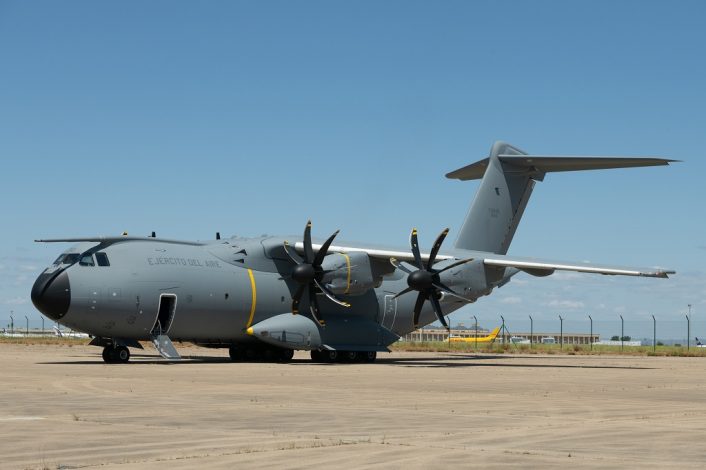
The Atlas also completed additional tests to expand its air drop capability, including multiple platforms with automatic parachute extraction up to 23 tonnes, with France and Spain working together in these flights. Another way to deliver cargo on austere airstrips without handling equipment available to support the aircraft was also certified, allowing the combat offload of up to 19 tonnes of pallets (one pass) or 25 tonnes (two passes) on paved or unpaved airstrips. The first combat airdrop of supplies was performed last year by a French A400M in the Sahel region of Africa, with the delivery of almost 40 tonnes of food, water, fuel and ammunition to French troops deployed there.
The A400M also successfully completed the certification flights of the Automatic Low Level Flight capability for Instrumental Meteorological Conditions (IMC), which relies on navigation systems and terrain databases, instead of using a terrain-following radar, decreasing the electromagnetic emissions and making the aircraft less detectable in hostile areas and thus less susceptible to threats while conducting operations in hostile environments.
The Covid-19 pandemic provided an occasion for the aircraft to be used more intensively, performing daily emergency response missions like civil medical evacuation (MEDEVAC) and transport of key medical relief supplies. This was possible also thanks to the short time needed to reconfigure the cargo bay, which allowed a rapid conversion to the MEDEVAC configuration via the installation of critical care modules to provide airborne intensive care for the patients.

